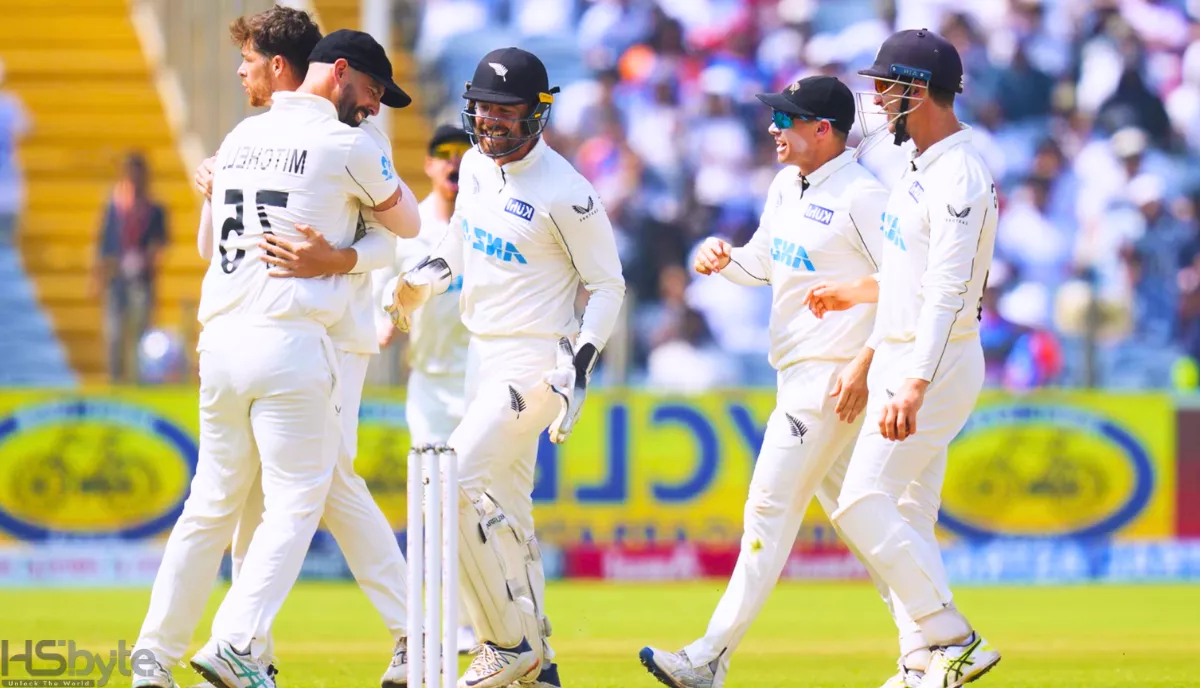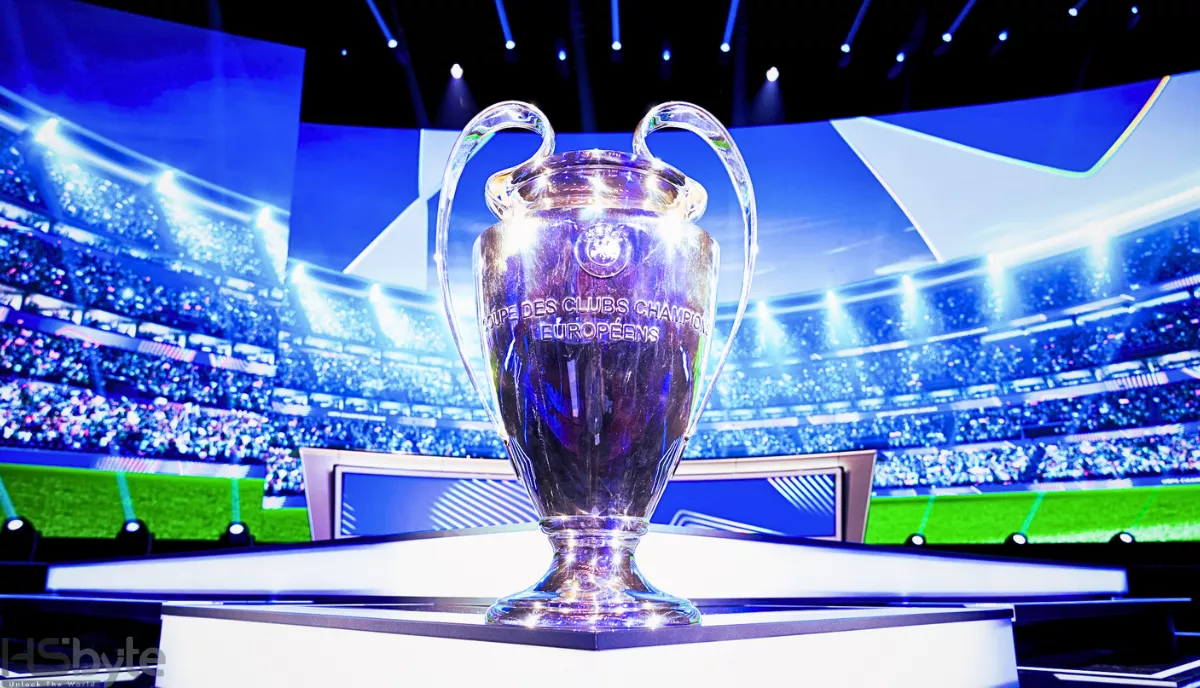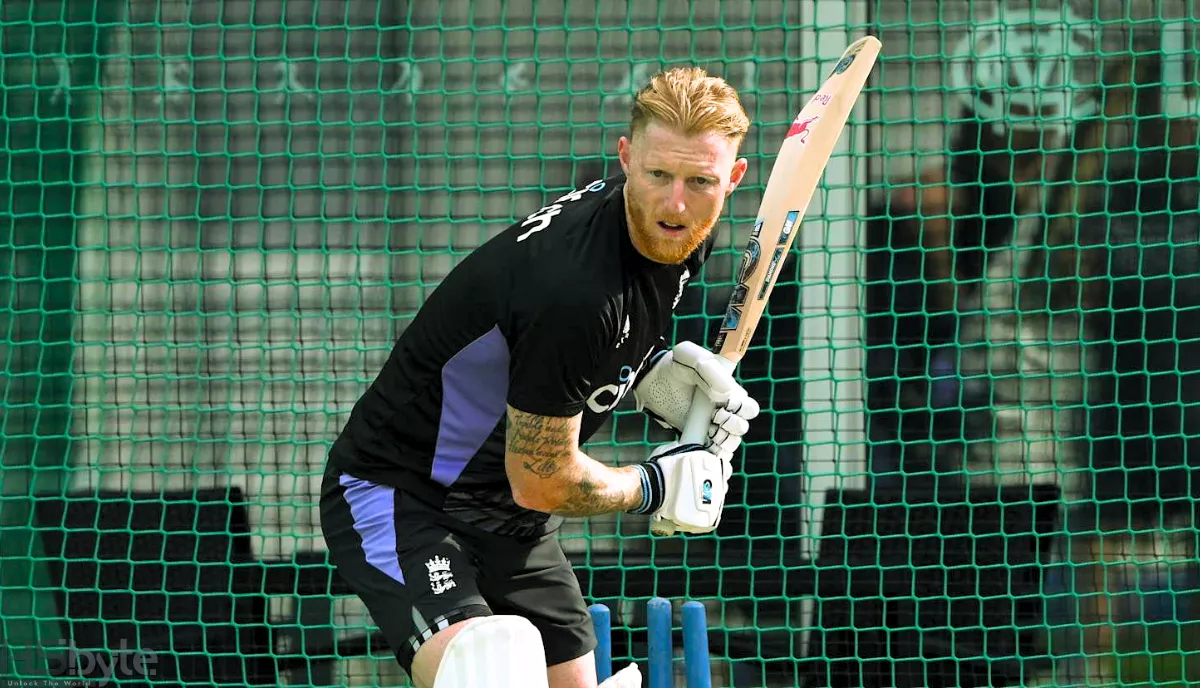

- Share
Champions League Introduces New 36-Team League Format
The UEFA Champions League has introduced a major revamp for the 2024-25 season, expanding to a 36-team league table. This is the first significant change since 1992, transforming Europe’s elite competition.
Previously, the group stage consisted of 32 teams across eight groups of four, with the top two teams from each group advancing to the round of 16. Under the new format, each team will play against eight different opponents—four home and four away—in a single league phase.
Champions League League Phase Explained
The top eight teams at the end of the league phase will automatically qualify for the round of 16. Teams finishing between ninth and 24th will compete in a two-legged knockout play-off for a place in the last 16. The teams finishing 25th or lower will be eliminated without any chance of dropping into the Europa League.
According to Opta, a team needs 16 points out of a possible 24 for a 98% chance of finishing in the top eight, while 15 points offer a 73% chance. Additionally, 10 points virtually guarantee a top 24 finish with a 99% probability, while nine points offer a 69% chance.
Knockout Stages Overview
After the league phase, the knockout stages will follow the traditional two-legged format, with the final scheduled for May 31 at Bayern Munich’s Allianz Arena. There will be no away goals rule, similar to recent seasons.
Teams finishing in the top eight will be seeded in the round of 16, with each facing a winner from the knockout play-offs. These top teams will also have the advantage of playing the second leg at home, setting them up for a smoother path to the final.
British Teams in the 2024-25 Champions League
Premier League representatives in this season’s Champions League include Manchester City, Arsenal, Liverpool, and Aston Villa, as they finished in the top four last season. Tottenham Hotspur, who finished fifth, and FA Cup winners Manchester United will compete in the Europa League, while Chelsea will feature in the Conference League.
From Scotland, Celtic earned their Champions League spot as Scottish Premiership champions, but Rangers fell short after losing to Dynamo Kyiv in qualifying, settling for the Europa League.
The British teams in the Champions League have already had a mix of results. Aston Villa secured a 3-0 victory over Young Boys and a 1-0 win against Bayern Munich. Arsenal drew 0-0 with Atalanta before defeating Paris St-Germain 2-0. Celtic had a mixed start with a 5-1 win against Slovan Bratislava, followed by a 7-1 loss to Borussia Dortmund. Liverpool have been in strong form with a 3-1 win over AC Milan and a 2-0 victory over Bologna. Manchester City began their campaign with a goalless draw against Inter Milan and a 4-0 win over Slovan Bratislava.
Increased Number of Matches in New Format
The new Champions League format will see a total of 189 matches, up from 125. Each team will now play a minimum of eight matches, instead of six, and a maximum of 17, depending on their progression. The league phase will conclude at the end of January, extending the group stage from its previous December finish.
Champions League matches will mostly take place on Tuesdays and Wednesdays, but during exclusive Champions League weeks, games may also be played on Thursdays.
Full List of Teams Competing in the Champions League
The 2024-25 Champions League features 36 teams, including five from Germany and Italy each, four from England, France, and Spain each, and other representatives from across Europe.
Changes in Squad Rules and UEFA Competitions
Clubs competing in UEFA competitions must submit two lists of players. ‘List A’ can contain up to 25 players, with eight being “locally-trained.” Clubs can register an unlimited number of younger players born after January 1, 2003, on ‘List B.’ The squads were finalized on September 3, with List B players being registered the day before each match.
The Europa League and Conference League have also undergone changes similar to the Champions League format. The Europa League now follows the Champions League’s 36-team league phase format, and the Europa Conference League has been rebranded as the UEFA Conference League, with teams playing six matches in the league phase.
Evolution of the Champions League Format
Since its inception in 1955 as a six-team invitational tournament, the Champions League has evolved significantly. It became the European Cup in 1967, later transforming into the Champions League in 1992, with a group stage and subsequent knockout rounds. This latest 36-team format represents another major leap for Europe’s premier club competition.
You May Also Like


Manchester City Triumphs Over Southampton: Haaland’s Decisive Strike

Lee Carsley’s Struggles as Interim England Manager Intensify

Trent Alexander-Arnold Free-Kick Stuns Finland

Ben Stokes Fit for Second Test: England Ready for Multan Challenge

Andres Iniesta Retires: Football Legend Ends Iconic Career at 40
Latest Update

Zelensky Biden Meeting Ignites Republican Outrage Amid Aid Talks

Wuthering Heights Film Casting: Controversy Sparks Debate

Will the US Presidential Election Shape the Future of Crypto?

War with Russia: Zelensky Sees Hope for Peace

Unpacking the ‘Dark Arts’ in Manchester City vs Arsenal Showdown

UNIFIL Post Breached: Israeli Tanks Escalate Tensions

Trump Demands Hamas Disarm Amid Brutal Gaza Crackdown

